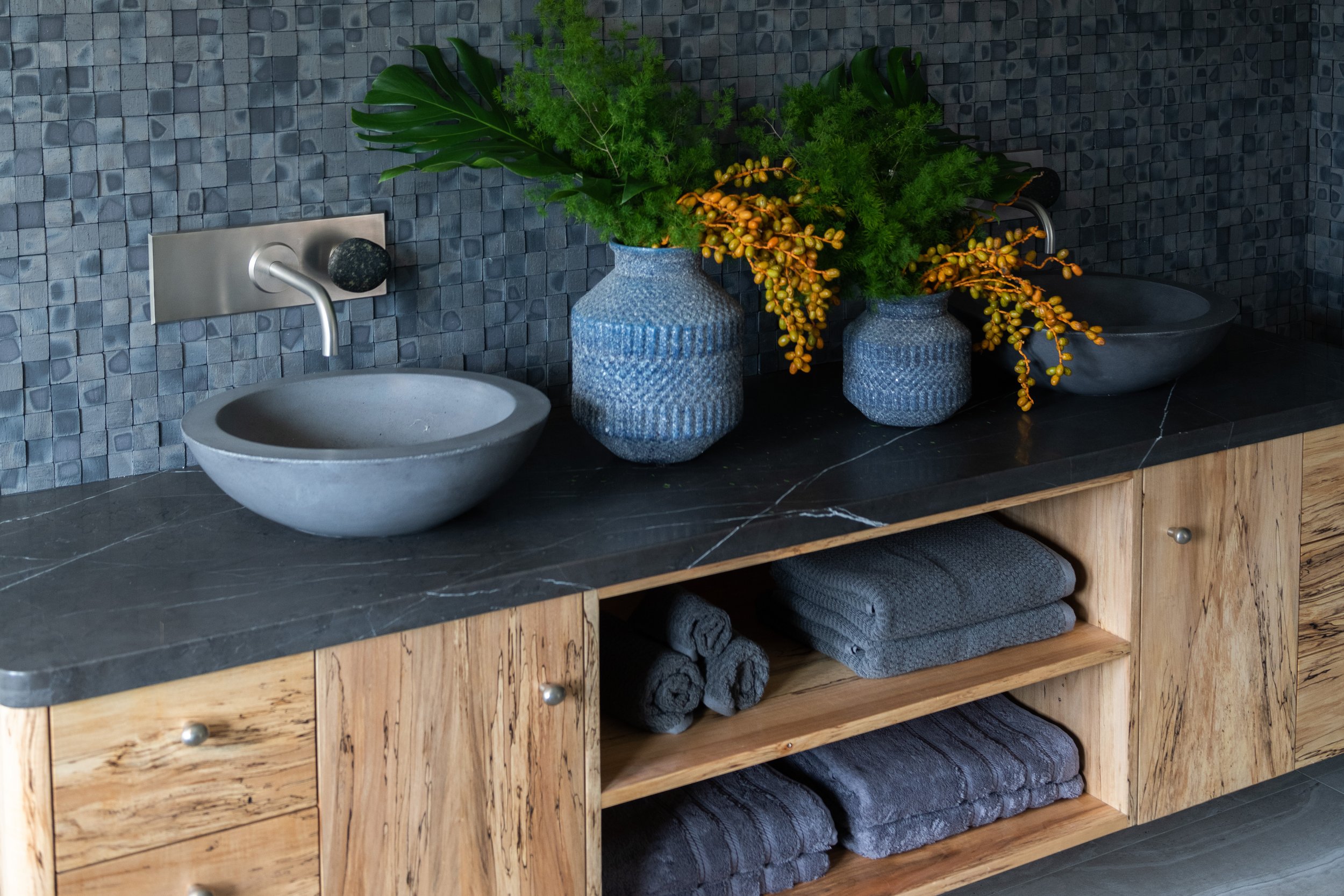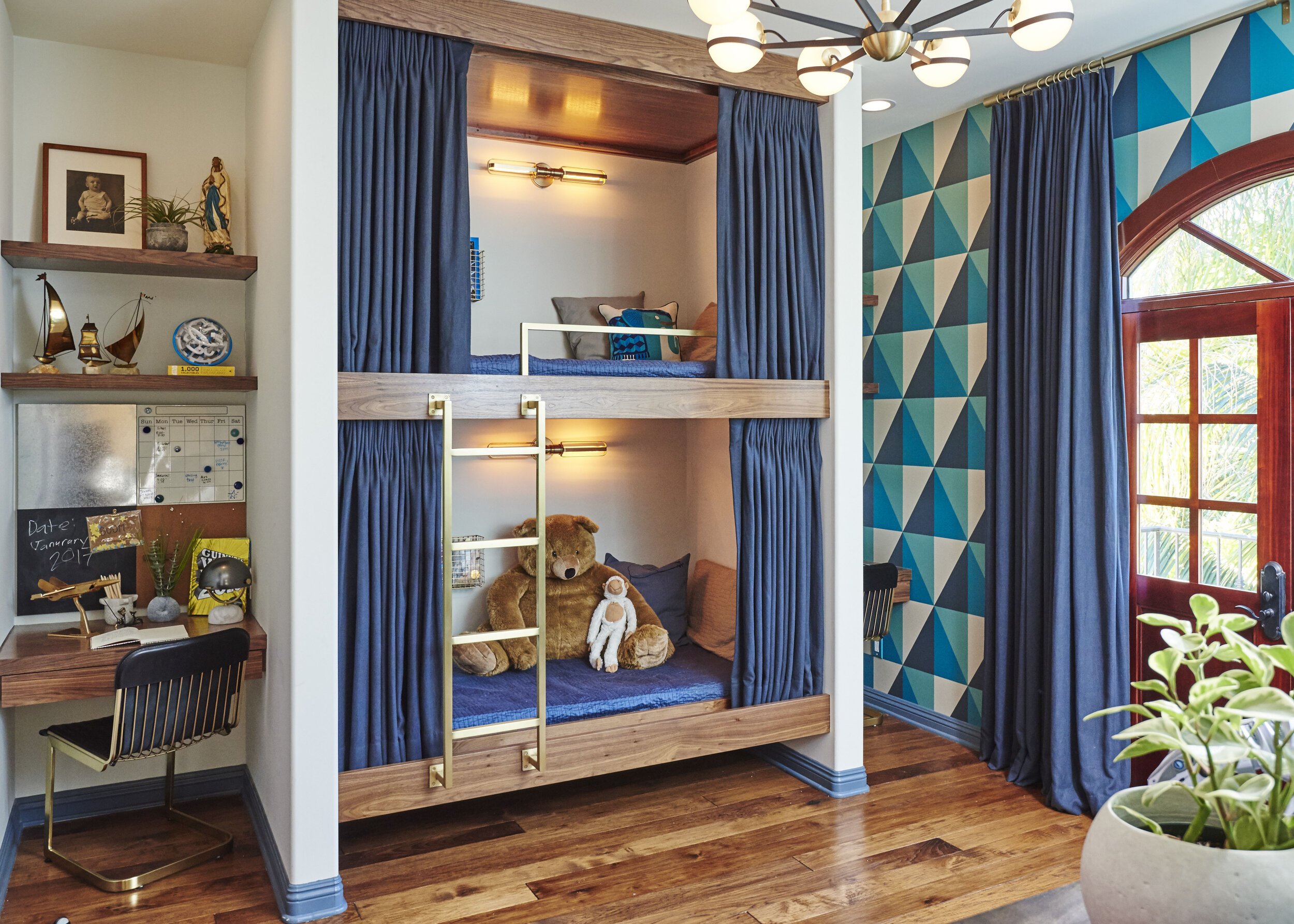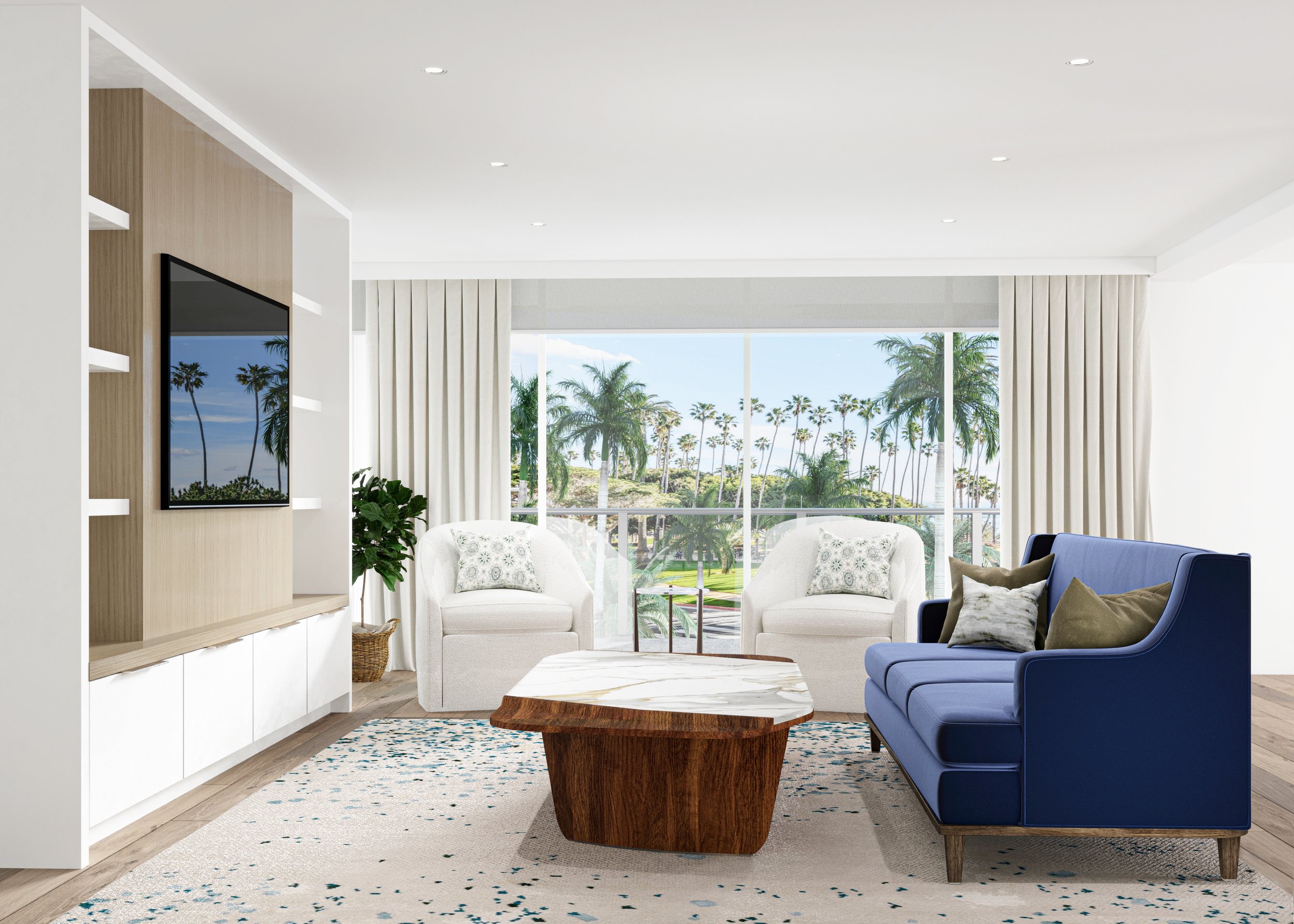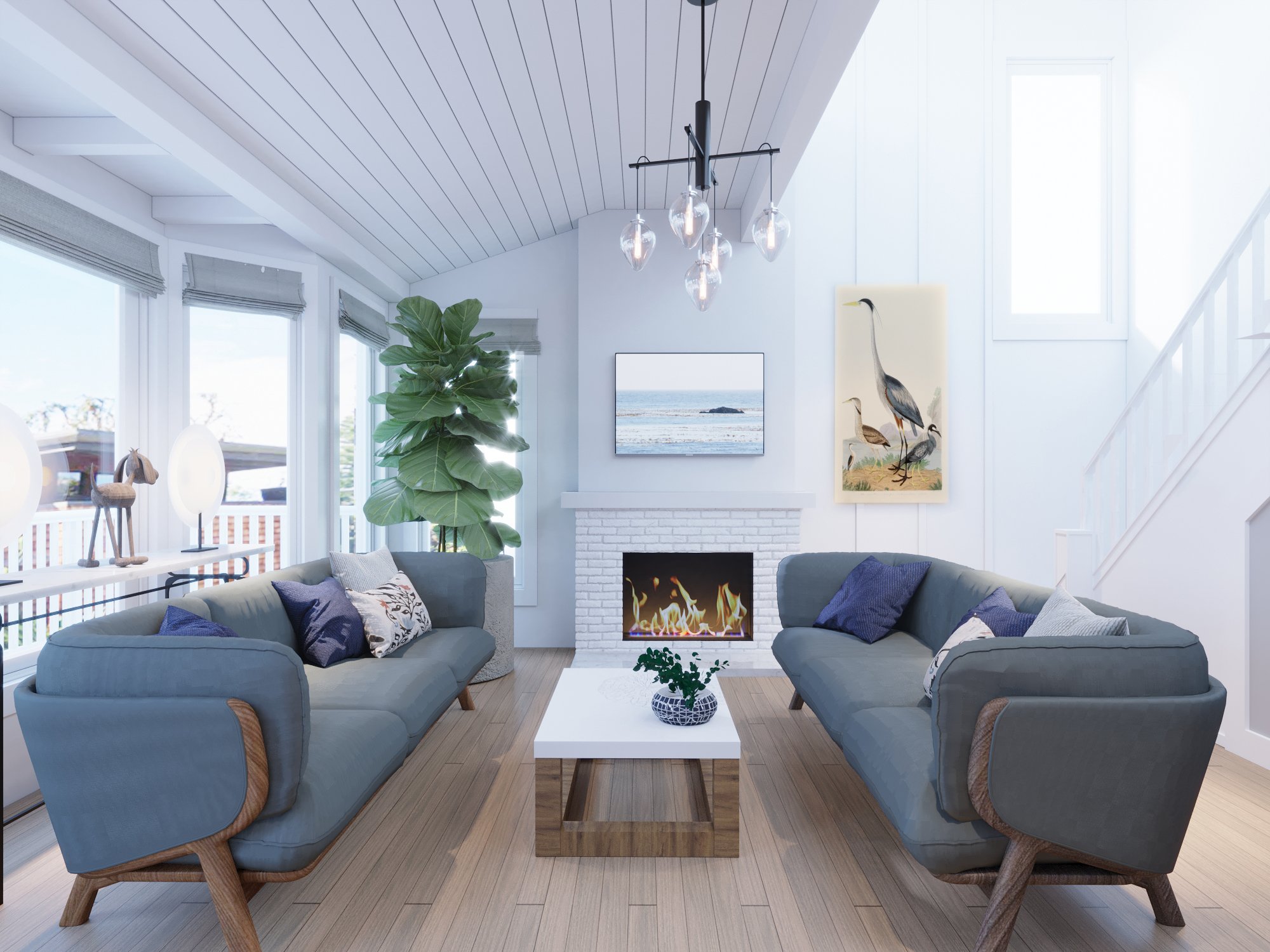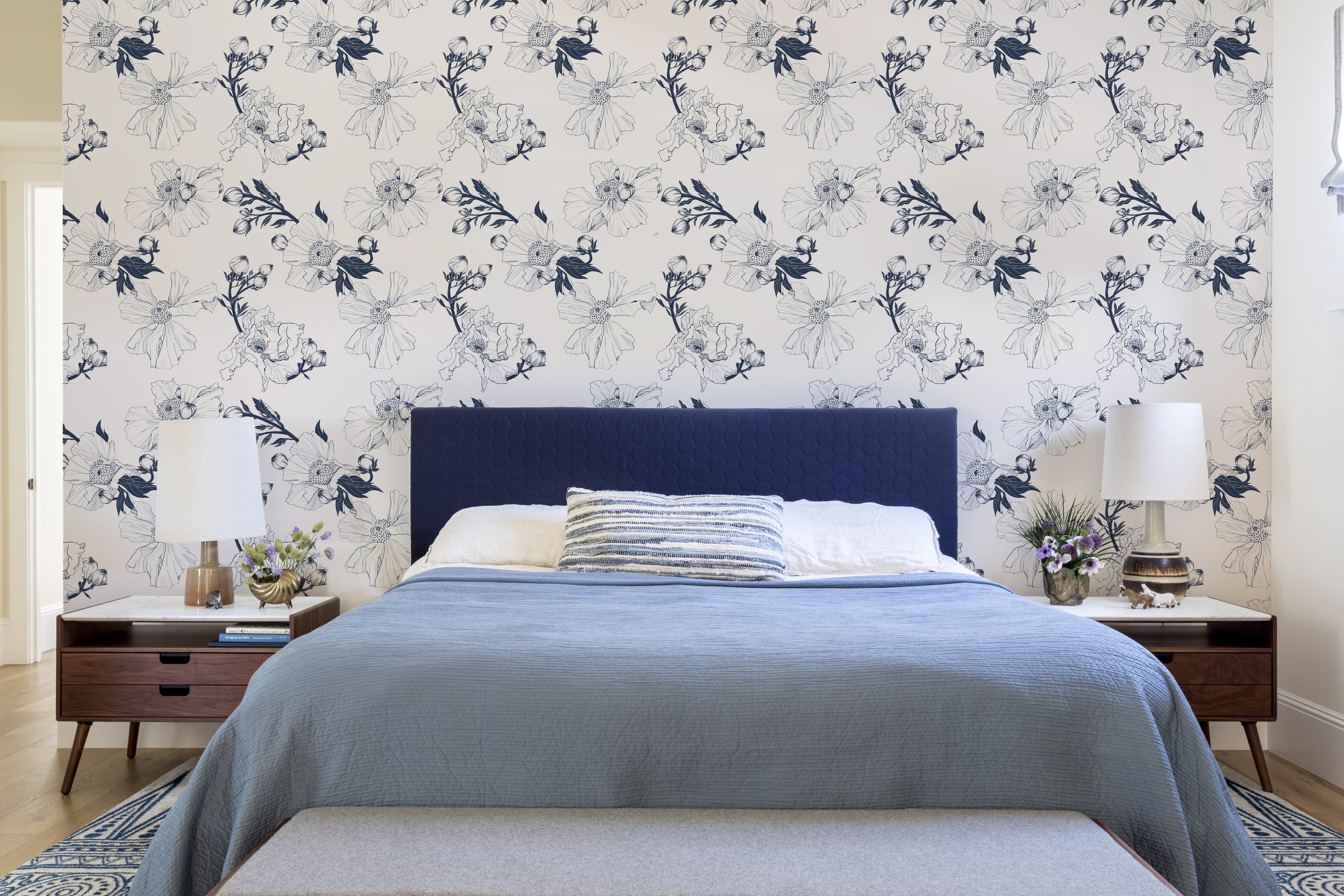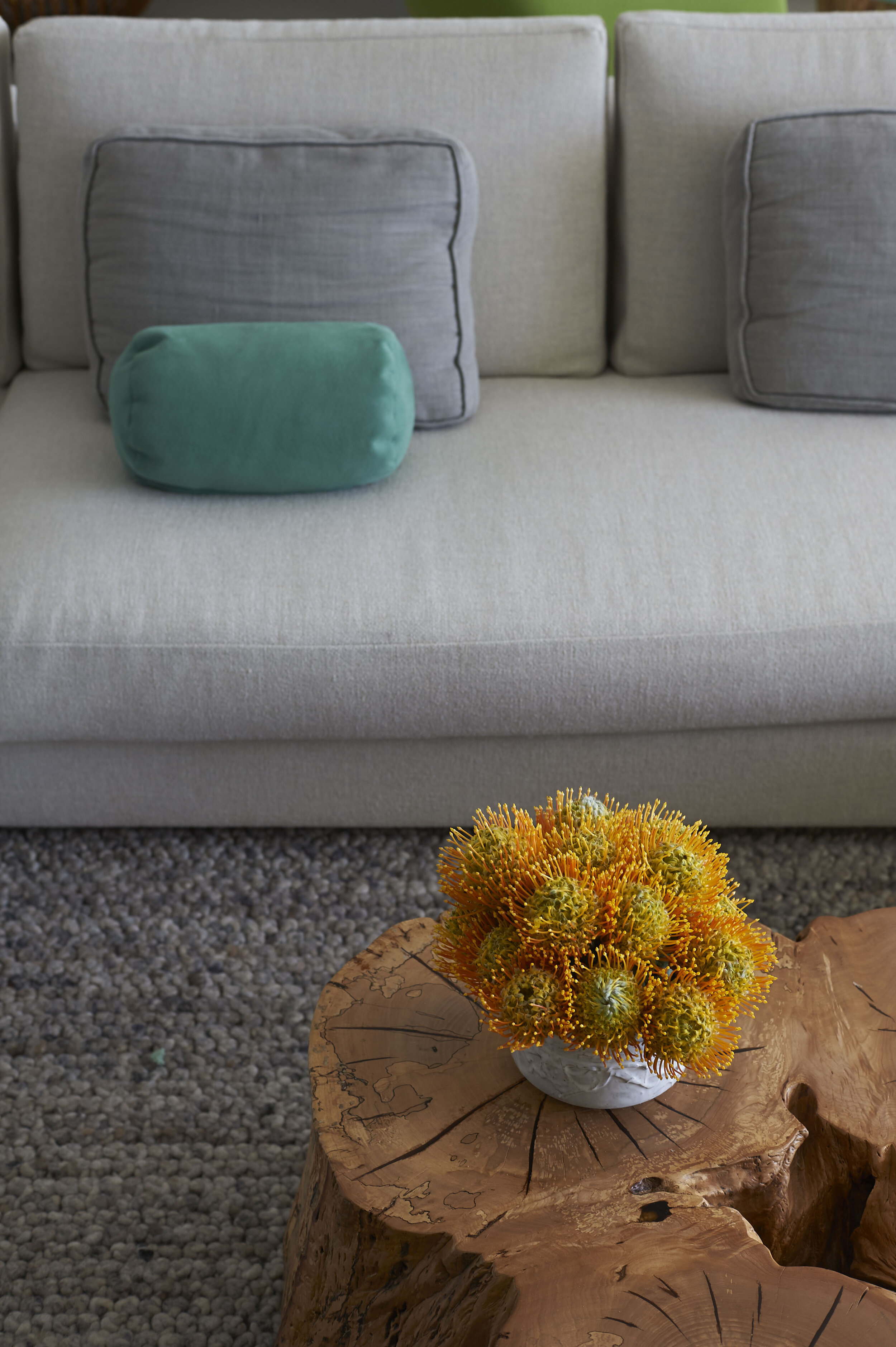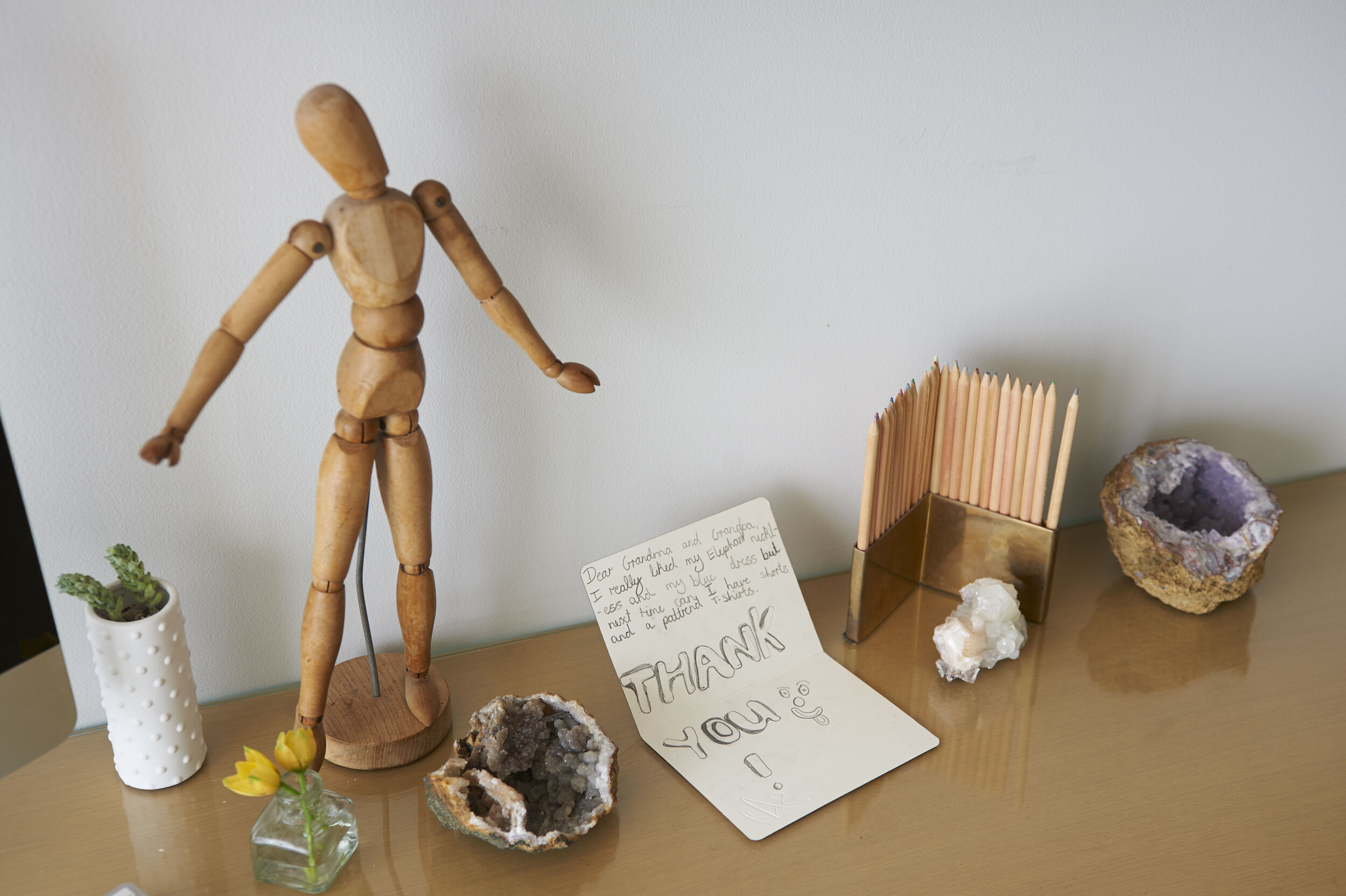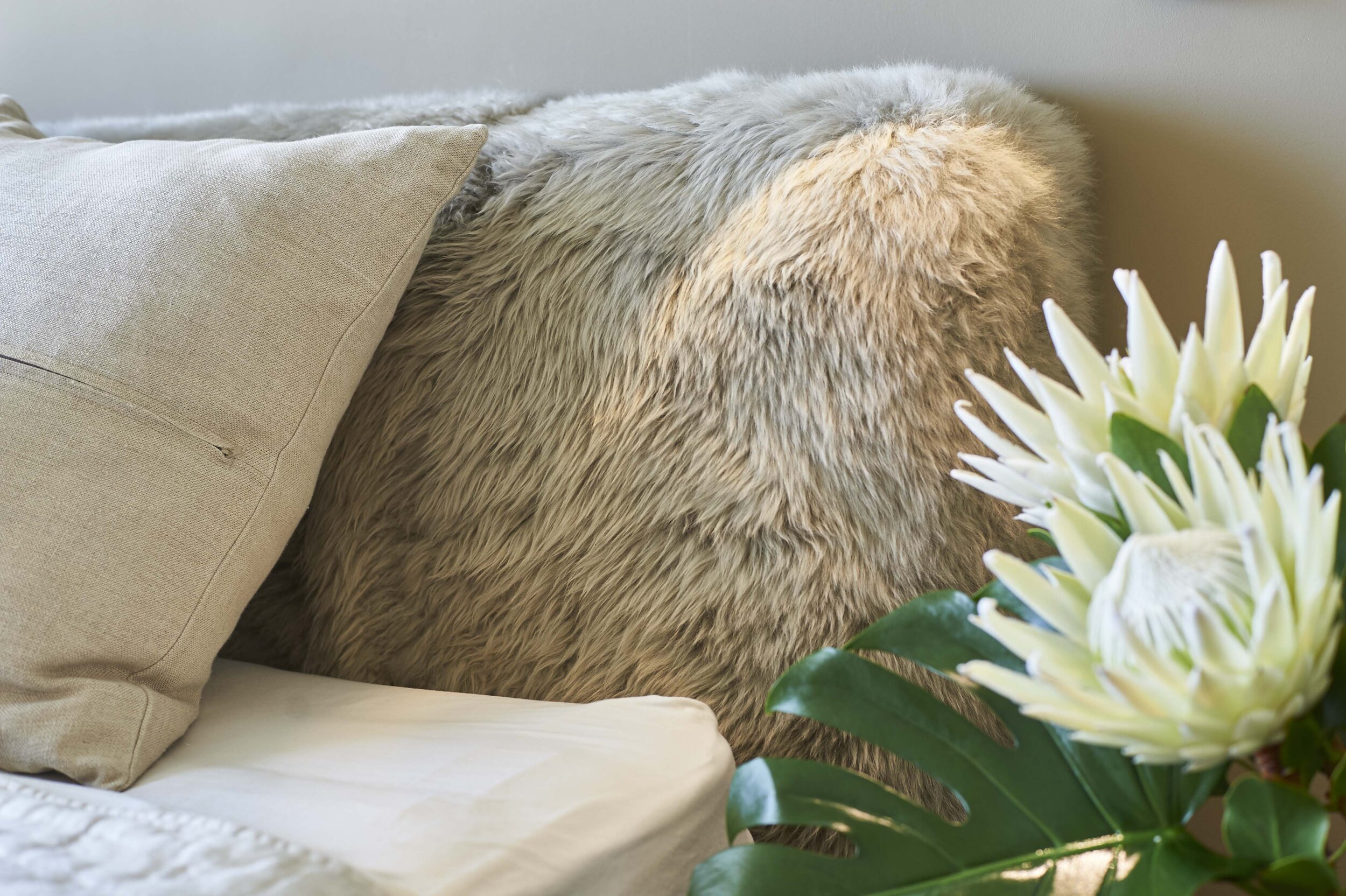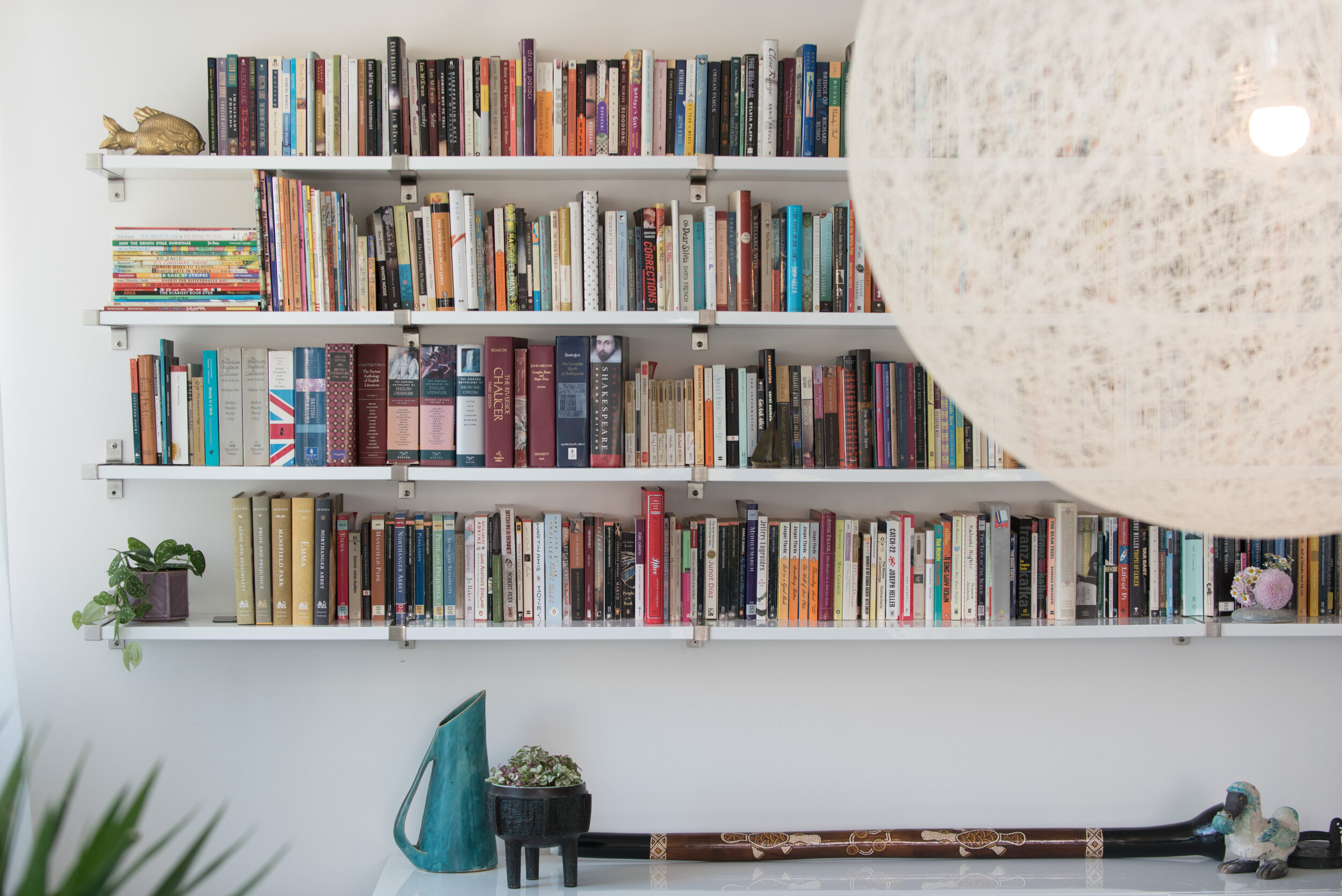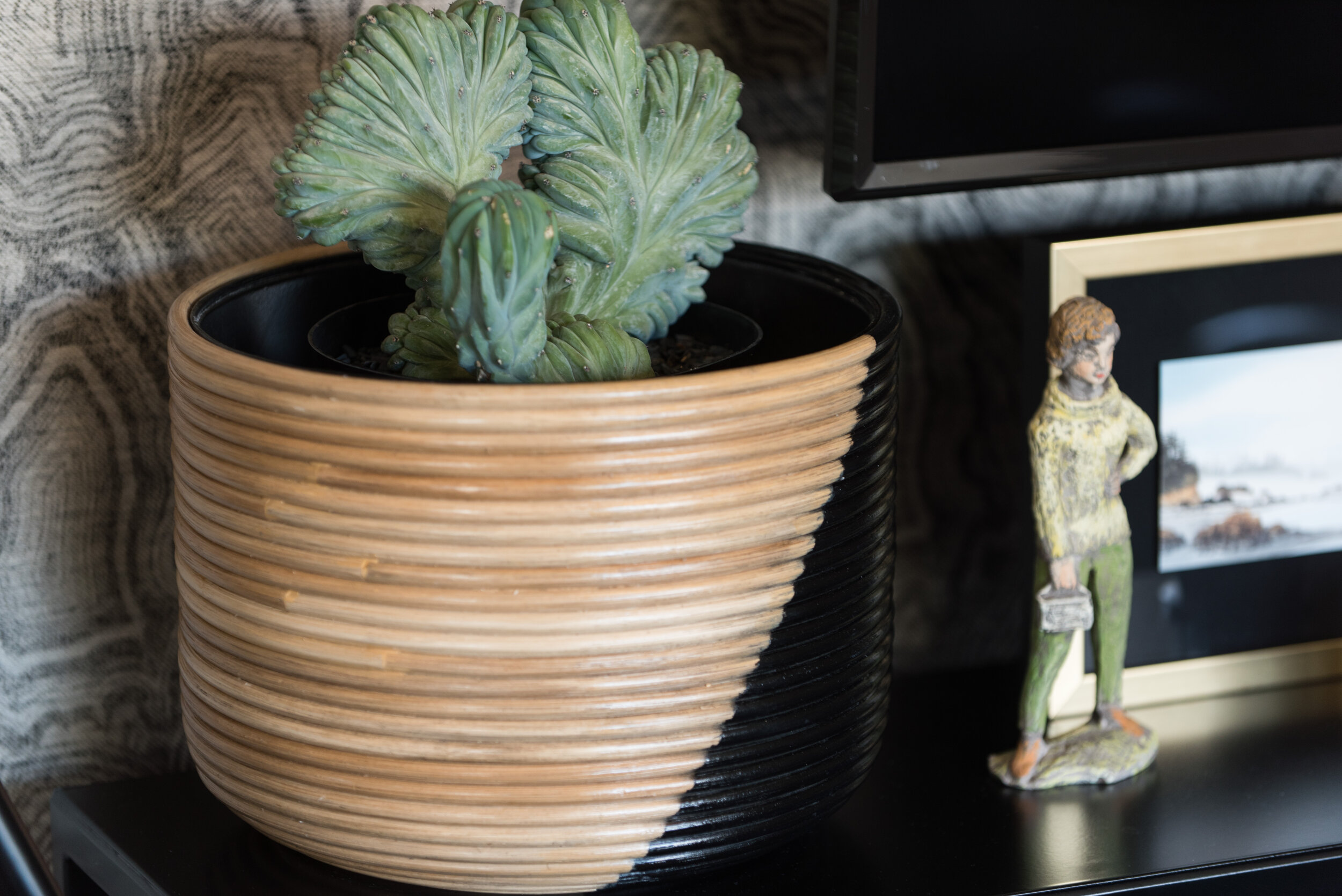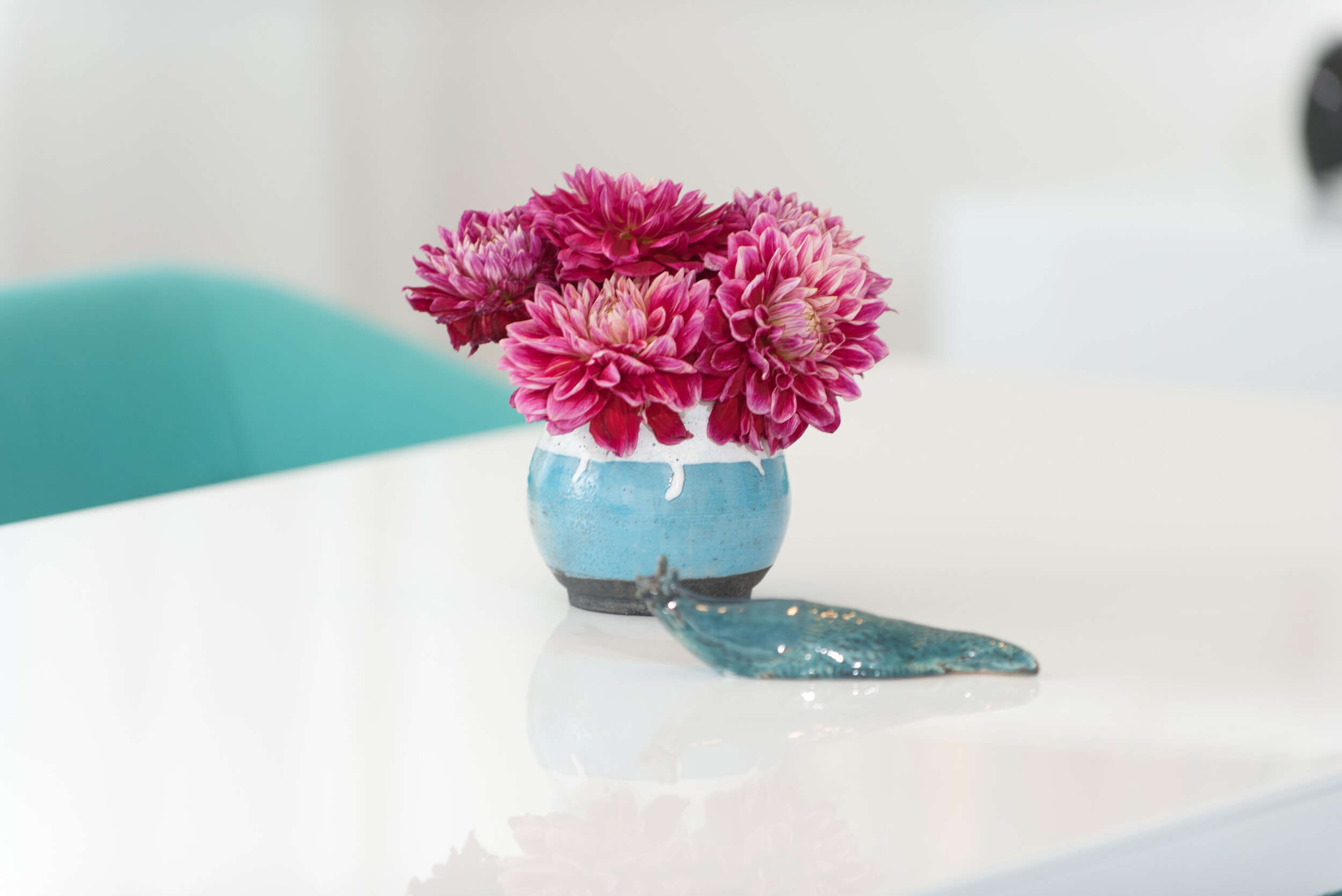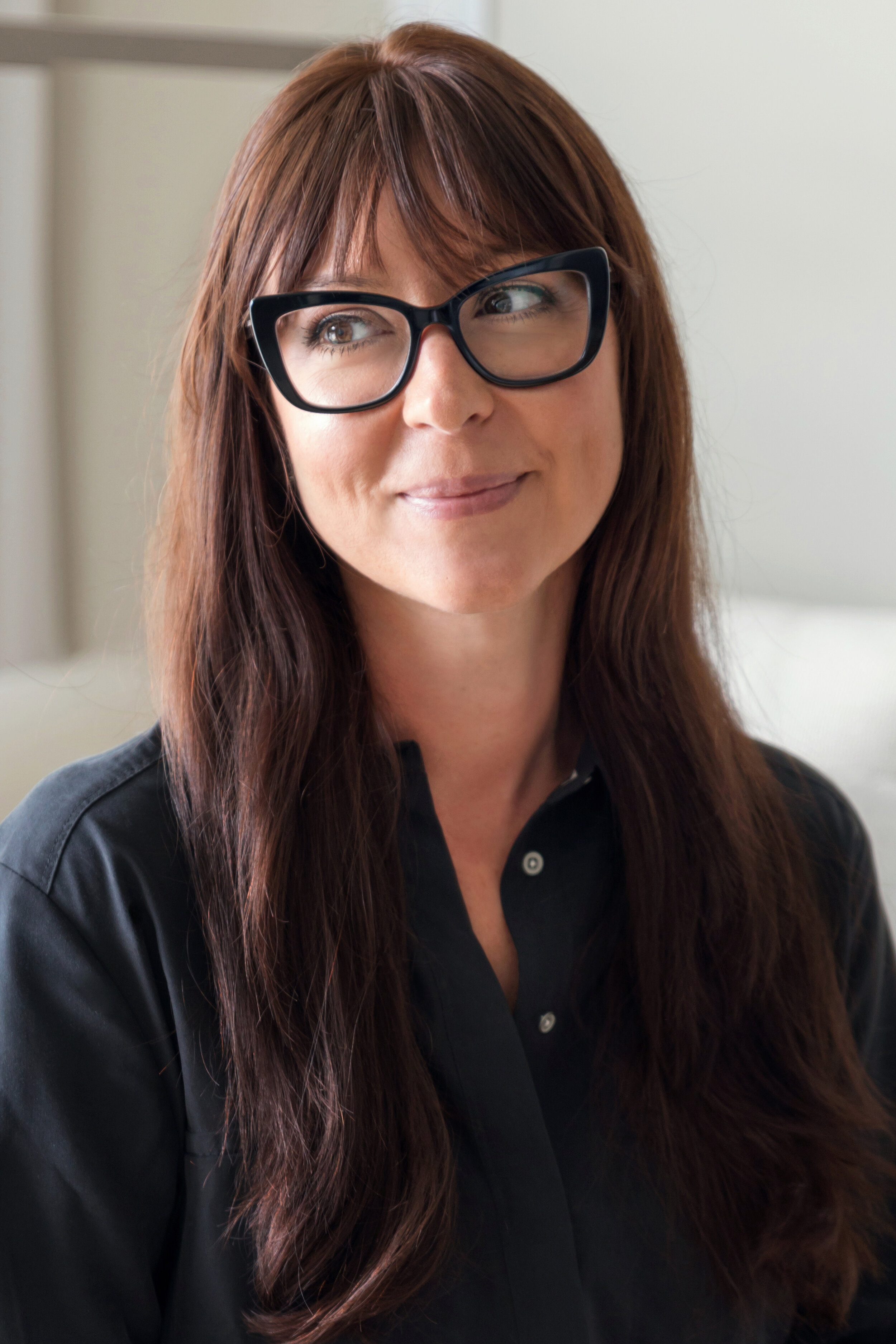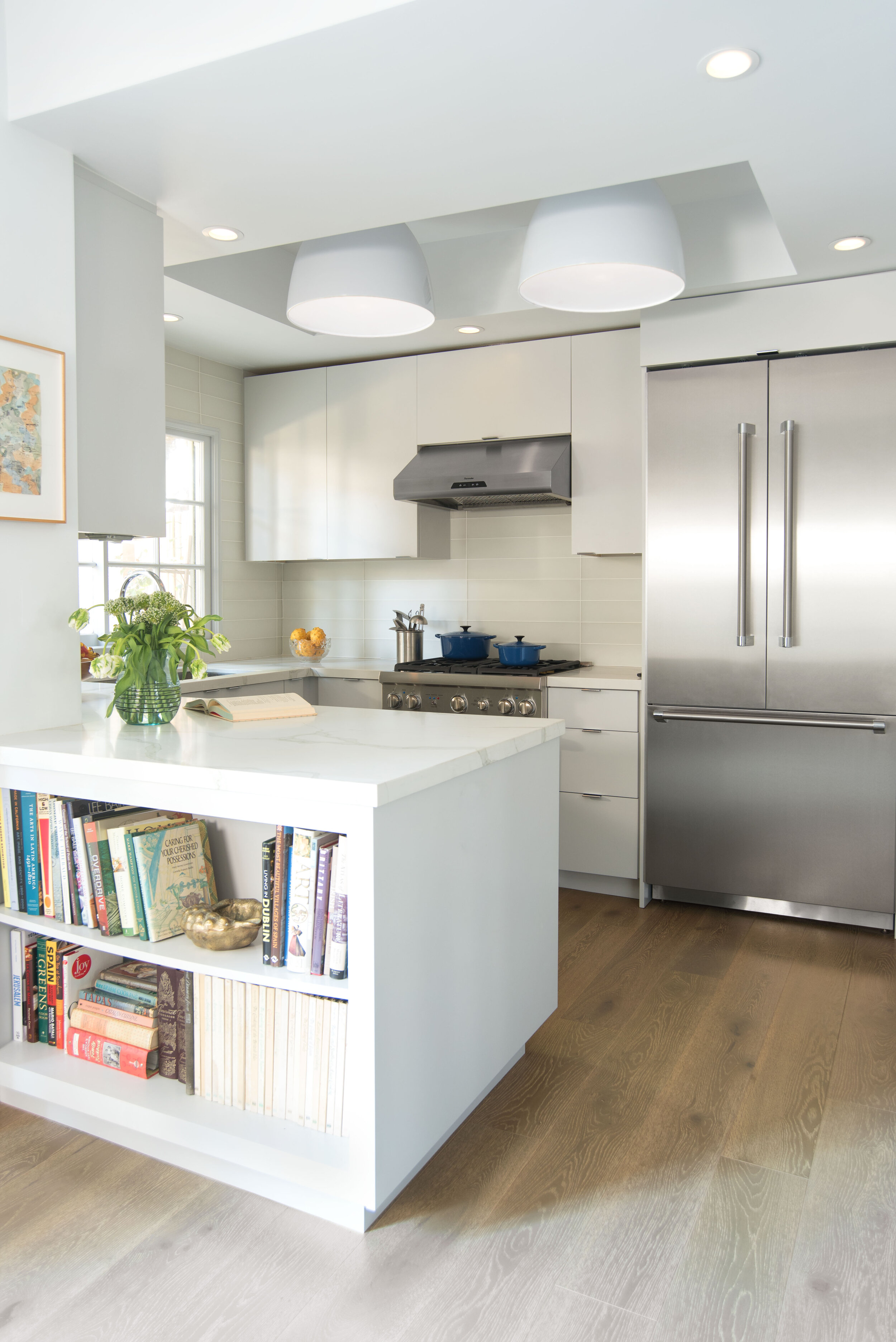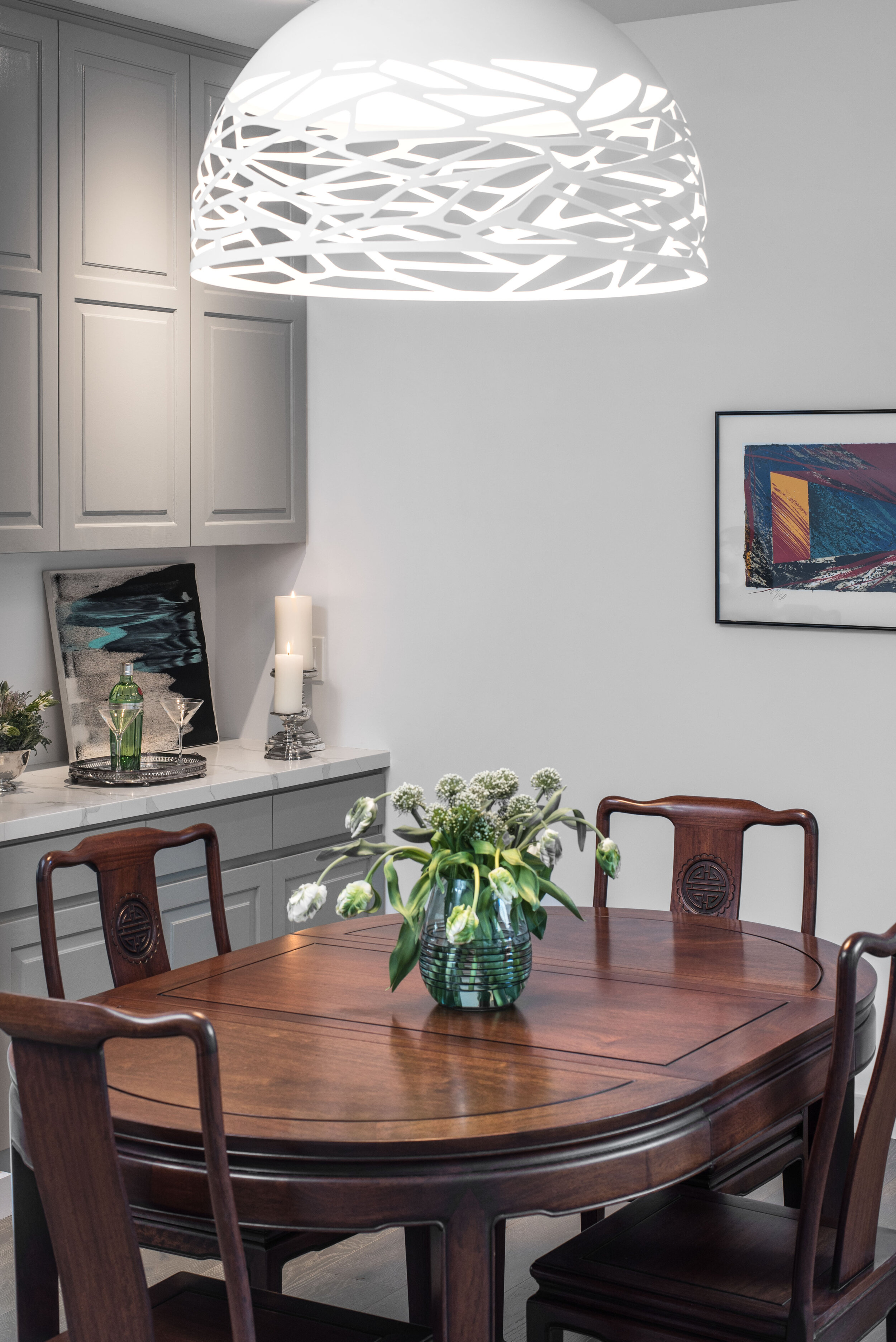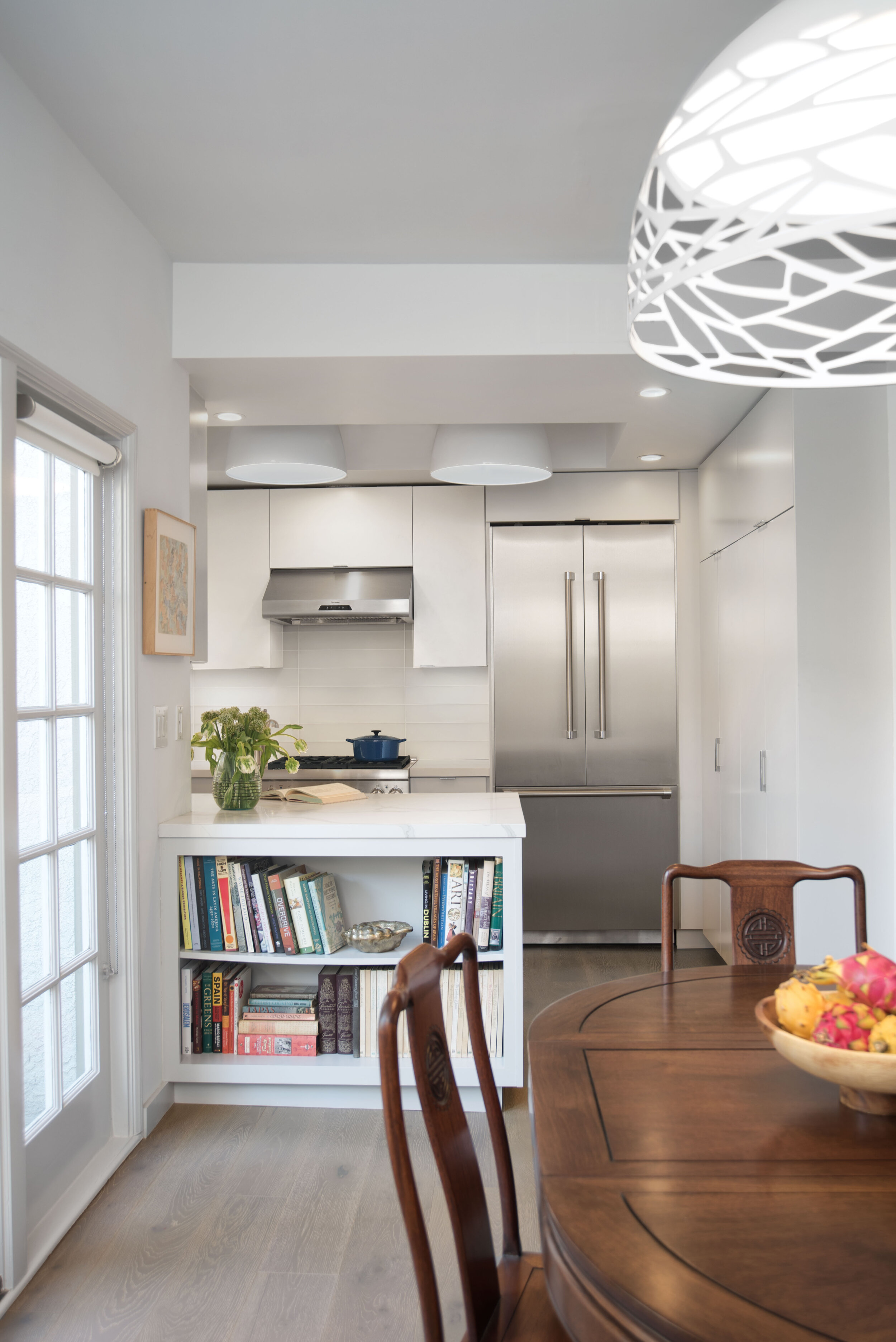Soothing Blues for 2024: Dunn Edwards and Benjamin Moore color of the year.
/Color is a powerful influence that has the ability to move us. The colors we choose to surround ourselves with every day can affect our feelings and emotions; they can energize, inspire, and soothe us. Color trends are a reflection of cultural moments and the needs that they create. We live in a hectic world with a 24/7 work culture, making it harder and harder to carve out time and places to take a breath and experience calm. In light of the fast-paced nature of contemporary life, Dunn Edwards and Benjamin Moore have recognized the desire for many to slow things down and create mindful, relaxing spaces in our homes by announcing Skipping Stones and Blue Nova as their colors of the year for 2024.
The color palette of the natural world can be utilized by biophilic design to bring the mindful experience of being in nature within our home, creating a calm, nurturing space. Dunn Edwards describes Skipping Stones as "a serene and steely blue with hints of green and gray….meditative and energizing like the sea." Seeking to evoke the peace and tranquility of the sea, Skipping Stones intends to create spaces of meditation, stillness, and calm. Similarly, Blue Nova is also evocative of the ocean as a deep blue-violet. Using color as a component of biophillic design, Skipping Stones and Blue Nova "emphasizes our connection to the natural environment, underlining the importance of our reliance on it for physical, emotional, and community healing."
The peace and tranquility we experience when exploring the natural environment surrounding our home can be mirrored in its interior through color selection. Living within proximity to blue spaces such as the ocean can encourage joy and wellness. The blue tones incorporated into this beachside retreat evoke the fresh, serene qualities of the surrounding oceanscape, creating space that enhances day-to-day living. Blue is used as an accent color against the white closets and cabinets throughout this home. The natural finish of the custom European white oak flooring alludes to driftwood's materiality. This light and airy palette of white and blue, evocative of the ocean landscape in which the home is located, comes together in a hand-knotted wool & silk area rug in the living room.
Shades of blue are utilized within this beachside home to reflect the beauty of the surrounding natural environment. Blue can capture the feeling the ocean gives us, creating a mindful living space that promotes happiness in everyday life. The entryway carries various shades of deep and grey blue, from the Dutch door to the painting of a heron and the ceramic lamp, whose shape alludes to an abstracted ocean inhabitant.
Blue is a focal point within the living room in the form of deep blue vegan-friendly upholstery and Danish oiled walnut sofas. Here, blue is used again as an accent color with the room's white walls and the natural finish of the wood flooring. The shape of these facing sofas creates an enclosed and intimate seating arrangement.
The selection of Skipping Stones and Blue Nova as the 2024 color of the year by Dunn Edwards and Benjamin Moore reflects the collective desire for peace and tranquility in our daily lives. This also signals the rising prominence of biophilic design as a way of creating mindfulness within our homes through utilizing images, colors, and materials that bring the tranquility of nature to us.
Sarah Barnard, WELL AP + LEED AP, is a leading designer of personalized, sustainable spaces that support mental, physical, and emotional wellbeing. She creates highly personalized, restorative spaces that are deeply connected to art and the preservation of the environment. An advocate for consciousness, inclusivity, and compassion in the creative process, Sarah has appeared in Architectural Digest, Elle Décor, Vogue, HGTV, and many other publications. In 2017 Sarah was honored as a “Ones to Watch” Scholar by the American Society of Interior Designers (ASID).


